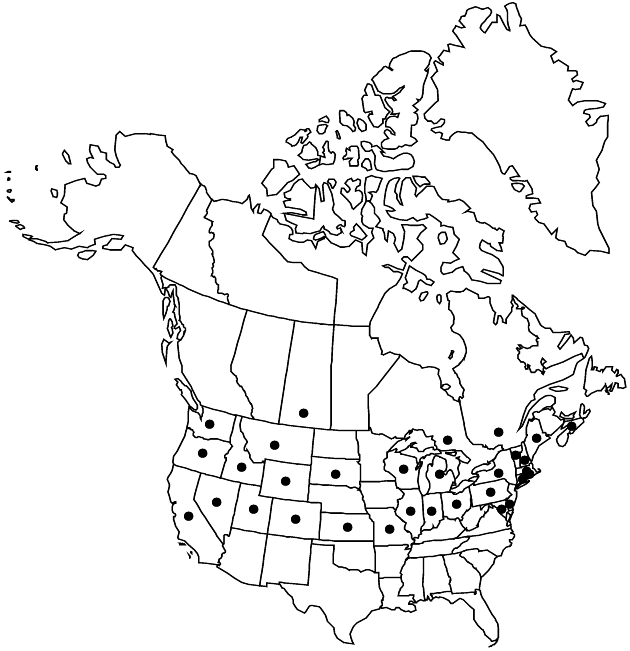Difference between revisions of "Tanacetum balsamita"
Sp. Pl. 2: 845. 1753.
FNA>Volume Importer |
FNA>Volume Importer |
||
| Line 60: | Line 60: | ||
|publication year=1753 | |publication year=1753 | ||
|special status= | |special status= | ||
| − | |source xml=https://jpend@bitbucket.org/aafc-mbb/fna-data-curation.git/src/ | + | |source xml=https://jpend@bitbucket.org/aafc-mbb/fna-data-curation.git/src/f6b125a955440c0872999024f038d74684f65921/coarse_grained_fna_xml/V19-20-21/V19_817.xml |
|tribe=Asteraceae tribe Anthemideae | |tribe=Asteraceae tribe Anthemideae | ||
|genus=Tanacetum | |genus=Tanacetum | ||
Revision as of 18:39, 24 September 2019
Perennials, 30–80(–120) cm. Stems 1, erect, simple or branched (strigose, glabrate). Leaves basal and cauline; petiolate (proximal) or sessile (distal); blades (basal and proximal cauline) mostly elliptic to oblong, 10–20 × 2–8 cm, usually not pinnately lobed (sometimes with 1–4+ lateral lobes near bases), margins ± crenate, faces usually silvery strigose or sericeous (at least when young), glabrescent, ± gland-dotted. Heads (3–)10–60+ in corymbiform arrays. Involucres (3–)5–8(–10) mm diam. (phyllaries 40–60+ in 3–4+ series, tips usually ± dilated). Receptacles flat to convex. Ray florets usually 0 [sometimes 12–15, pistillate, fertile; corollas white, laminae 4–6+ mm]. Disc corollas ca. 2 mm. Cypselae ± columnar, 1.5–2 mm, 5–8-ribbed (with non-mucilaginous glands); pappi coroniform, 0.1–0.4 mm (entire or ± toothed). 2n = 18, 54.
Phenology: Flowering Aug–Sep.
Habitat: Disturbed sites, abandoned plantings
Elevation: 0–1800 m
Distribution

N.S., Ont., Que., Sask., Calif., Colo., Conn., Del., Idaho, Ill., Ind., Kans., Maine, Md., Mass., Mich., Mo., Mont., Nev., N.H., N.Y., Ohio, Oreg., Pa., R.I., S.Dak., Utah, Vt., Wash., Wis., Wyo., Asia.
Discussion
Selected References
None.